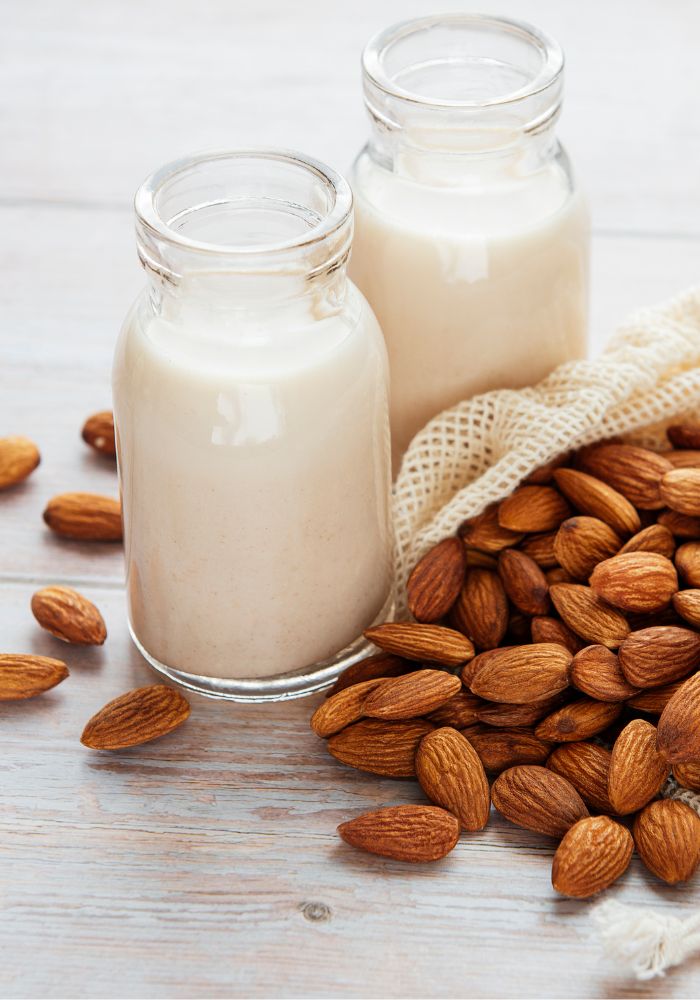
Want to learn how to make almond milk at home? I’ve been making almond milk at home a few times per month for over 15 years and can say it’s definitely worth making yourself!
Homemade almond milk not only tastes better than anything store-bought, but it’s healthier, too. Storebought nut milk contains preservatives and emulsifiers. Homemade almond milk, on the other hand, is delightfully rich, creamy, and healthy, too. You’ll enjoy a healthier, cost-effective, and delicious dairy-free alternative at home.
Making your own nut milk at home is actually quite simple. You simply need to soak raw nuts (in this case, almonds) overnight, drain and rinse, blend on high until creamy with filtered water, and strain through a nut milk bag.
By the way, cashew milk (aka cashew cream) is the only nut milk that you don’t need to strain through a nut milk bag. You can use this almond milk recipe with raw almonds, walnuts, pistachios, macadamia nuts, Brazil nuts, or a blend of nuts.
Homemade Almond Milk Ingredients
- Raw Almonds: You MUST soak your almonds in water in order to make almond milk. You’ll need to soak 1 cup of almonds in a bowl of water overnight. The longer you soak the almonds, the more milk you’ll get out of them. If you skip soaking them, you’ll have very watery almond milk, which is a big waste of time and money.
- Water: You’ll need water to soak the almonds overnight, plus 3 cups of water to blend. I prefer filtered water; use your preferred drinking water.
- A pinch of sea salt: Sea salt contains essential minerals but will also make your nut milk taste better. I always add a pinch of sea salt. You can skip this if you want.
After making almond milk at home for so many years, I can say that making it plain is best, then add sweetener or flavors as you use it. It keeps in the refrigerator a few days longer (5-6 days) if you just use the almonds, water and pinch of salt. If you plan to use it up in a few days, then go ahead and add the dates or sweetener or flavorings of your choice.
Optional Ingredients:
- Sweetener (optional): I like to use Medjool dates to add a little sweetness. Dates will also give a fruitiness to the milk and complement its nutty flavor beautifully. They’re totally optional but taste delicious. Maple syrup or honey are also options to sweeten your almond milk, if desired.
- Vanilla extract (optional): Vanilla just adds some extra special gourmet flavor if you want it.
- Optional Add-ins: You can get as fancy as you want with homemade nut milks. Some people add a dash of cinnamon. Some people like to add 2-3 Brazil nuts (soak with the almonds) to add extra selenium.
This recipe also allows you to experiment with flavors. So, here’s how to make my favorite version of homemade almond milk at home.
How to Make Almond Milk
Step 1
Soak the almonds at least 8 hours, up to overnight. Put your almonds in a bowl and cover with room temperature water until the water is 1 inch above the almonds. Soak at room temp overnight, covered. If you’re using dates to sweeten, remove the pit and stem and soak these in a bowl with the almonds, too. Drain and rinse the almonds after soaking. If soaking longer than 12 hours, put them in the fridge. Don’t soak them longer than a day—they may start to ferment (but not in a good way). I find an 8-12 hours soak makes the best almond milk.
Step 2
Add the ingredients to a high-speed blender. Drain and rinse the almonds and add them to the blender with a pinch of salt (and any optional additions.) I add 3 cups of filtered water per cup of almonds that I soaked (the almonds will puff up; you’ll have about 1 1/2 cups of soaked almonds from 1 cup of dry almonds). Anywhere from 2-4 cups of water works.
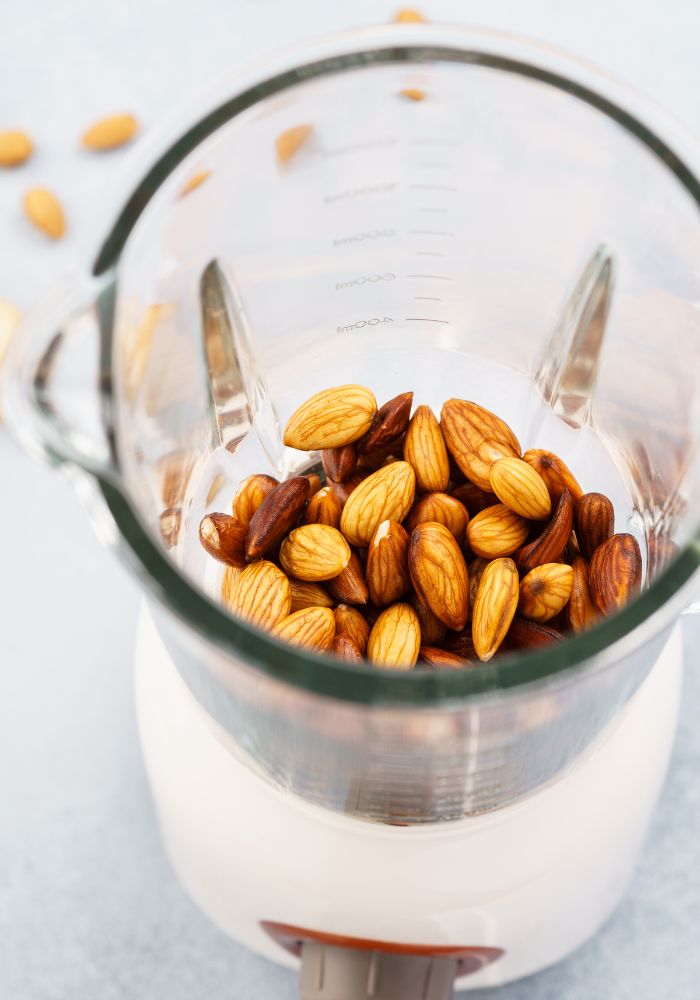
Step 3
Blend the ingredients together until smooth. You want to blend the mixture for about 60 seconds. The blades in high-speed blenders cause friction which in turn creates heat. If you keep blending for too long, it’ll cause the mixture to heat up. Blend 60 seconds at a time until the almonds are completely pulverized. If using a Vitamix or other professional high-speed blender, 60-90 seconds will do it. If using a different model, you make need to blend longer.
Step 4
Strain the mixture through a nut milk bag. Using almond milk straight out of the blender is good because it’s high in fiber, but it’s gritty. I (and most people) prefer lovely smooth almond milk. To achieve this smoothness, I use a nut milk bag. You can easily get these online – they’re inexpensive and come in different mesh sizes. The smaller the holes in the mesh, the smoother the milk will be. You can use cheesecloth as an alternative to a nut milk bag.
Line a bowl (preferably with a pouring spout) with a nut milk bag of your choosing. Pour the mixture through the bag, tie up the top (this is imperative so the pulp doesn’t spill out!), and use your hands to squeeze out the almond milk. You should be left with the remaining almond pulp in the nut milk bag.
I’ve tried to put the nut milk bag straight into the mason jar before, but the pulp caused the bag to get stuck…there was almond milk everywhere! So rather use a bowl to strain the milk.

Step 5
Pour the almond milk into a jar and store it, covered, in the fridge. Once you’ve strained your milk into a bowl, pour it into its final container and refrigerate. Almond milk is always better served cold. A mason jar obviously works great here. I make homemade almond milk often so I purchased this jar with a pour spout and love it.
Step 6
Chill and enjoy. Once chilled, pour your awesome homemade almond milk in a cup of coffee or over your favorite cereal. It will keep in a jar with the lid on for up to 5 days in the fridge.
Print
Homemade Almond Milk
- Prep Time: 10 minutes
- Total Time: 8-12 hours (includes soaking time)
- Yield: 3 Cups (700ml) 1x
- Category: Drink
- Method: Blend, Strain
- Cuisine: American
Description
Making your own creamy almond milk at home is easy and requires very little hands-on time. Almonds, water, and a pinch of salt are the only absolutely essential ingredients for homemade almond milk, but feel free to sweeten it up or add vanilla for variety.
Ingredients
- 1 cup raw almonds, soaked in water overnight*
- 3 cups water (preferably filtered water)
- 1 pinch of sea salt
Optional Add-Ins
- 1–3 Medjool dates soaked with the almonds
- 1 teaspoon vanilla extract
- 3–4 Brazil nuts soaked with the almonds (optional)
Instructions
- Place almonds in a medium bowl and cover with 1 inch of water. Soak overnight, or at least 8 hours, up to 24 hours.
- After soaking, drain and rinse the soaked almonds for 30 seconds, or until the water runs clear.
- Add 3 cups of water to a high-speed blender, then add the soaked and rinsed almonds and any additional ingredients to the blender.
- Blend the mixture for up to 60-90 seconds until very well emulsified.
- Line a bowl with a spout with a nut milk bag—a pour spout will make it easier to pour the strained milk into jars. The pulp in the nut milk bag can get stuck in a small jar opening, so it’s best to strain into a bowl.
- Close the top of the nut milk bag to prevent the pulp from spilling out (or tie the cheesecloth at the top). Strain the mixture through the bag and into the bowl, squeezing the entire bag with your hands to get all the almond milk out of the bag.
- Pour the almond milk into jars or a container of your choice, cover with a lid, and store in the fridge for up to 5 days. If it separates as it sits, simply shake the jar to emulsify.
Why make almond milk?
Almond milk is a useful ingredient to have in the house – and acts as a great alternative to cow’s milk. Whether you live a dairy-free lifestyle or not, nut milk elevates flavor when you have it in coffee – or over cereal. With this homemade almond milk recipe, you can go on to make other things like smoothies. Even better, to reduce waste, you can use the leftover pulp for making almond flour – but we’ll get to that later. For now, let’s show you how to make almond milk at home, from scratch.
Almond milk is popular amongst those who choose to eat a dairy-free diet. Being lactose-free it’s easier on your tummy – especially for those who have dairy-related allergies or sensitivity when it comes to lactose. Not only are almonds delicious – they’re also rich in nutrients including fiber, protein, and the all-important vitamin E.
How to Use Almond Milk
The great thing about almond milk is that you can use it just like you would other milk. I love it in coffee You can use it in oatmeal or overnight oats, in cereal or over homemade granola, or just sip it as is.

Almond milk is also great in healthy hot chocolate because it adds a delicious nuttiness to the drink, and you can also use almond milk in smoothies like my strawberry banana and blueberry smoothie recipes.
Another one of my all-time favorites is my easy banana almond milk ice cream – perfect for those warm summer days. The possibilities are endless when you know how to make your own plant-based nut milk!
Recipe Variations
A wonderful aspect of my almond milk recipe is that it’s highly versatile – you can use the outline of the recipe to make other types of nut milk too – it’s just great to be able to mix things up. Coffee shops and baristas will have these cow’s milk alternatives available to order when you go to grab your favorite cup of deliciousness.
Using the same steps as my almond milk recipe, you’ll be able to make macadamia milk, cashew milk, hazelnut milk, walnut milk – even peanut milk. Just swap out the almonds for whatever you want to use. Nut-based milk is a great healthy alternative to cow’s milk and gives you interesting diverse flavors.
Nuts actually contain enzyme inhibitors which make nut-based products far easier to digest than their traditional lactose-containing counterparts. Us human aren’t actually designed to process and digest cow’s milk, so drinking nut-based alternatives makes it easier for our digestive systems to handle
Recipe Notes
How to store almond milk
You should keep your homemade almond milk in a container like a mason jar, or something you can easily pour from. And make sure that your container has a lid on it to stop anything from getting into your fresh almond milk.
Note: Always remember to keep your almond milk in the refrigerator.
Homemade nut milk will usually stay fresh for between five and six days. If it starts to taste sour, it’s time to make another batch! It’ll keep for longer if you store it in a bottle that seals well.
Let’s talk portions: how many almonds for a larger household?
My almond milk recipe will make just under a liter using 1 cup of almonds and 3 cups of water. If your household goes through almond milk quickly, then simply increase the quantities of your ingredients using the same ratio.
How to use the almond pulp
Another benefit to using my almond milk recipe is that there’s very minimal waste. It may not look like it when you first see it, but the pulp leftover from the strained almond milk is actually really useful. Once dry, this perfect pulp makes almond meal.
There are two methods that you can use to make your almond meal – the quickest being to spread the pulp out as flat as possible on a baking tray. Set your oven to 200 degrees and bake the pulp for an hour. This will dry the pulp out and leave you with homemade almond flour. You can also put the pulp into a dehydrator, which will give you the same result.
Making almond milk at home is a simple and rewarding process! Not only do you get to enjoy fresh, delicious milk, but you also have the peace of mind knowing exactly what’s in your drink. Whether you’re using it for your morning cereal, in your coffee, or as a base for smoothies, homemade almond milk is a versatile and healthy choice.

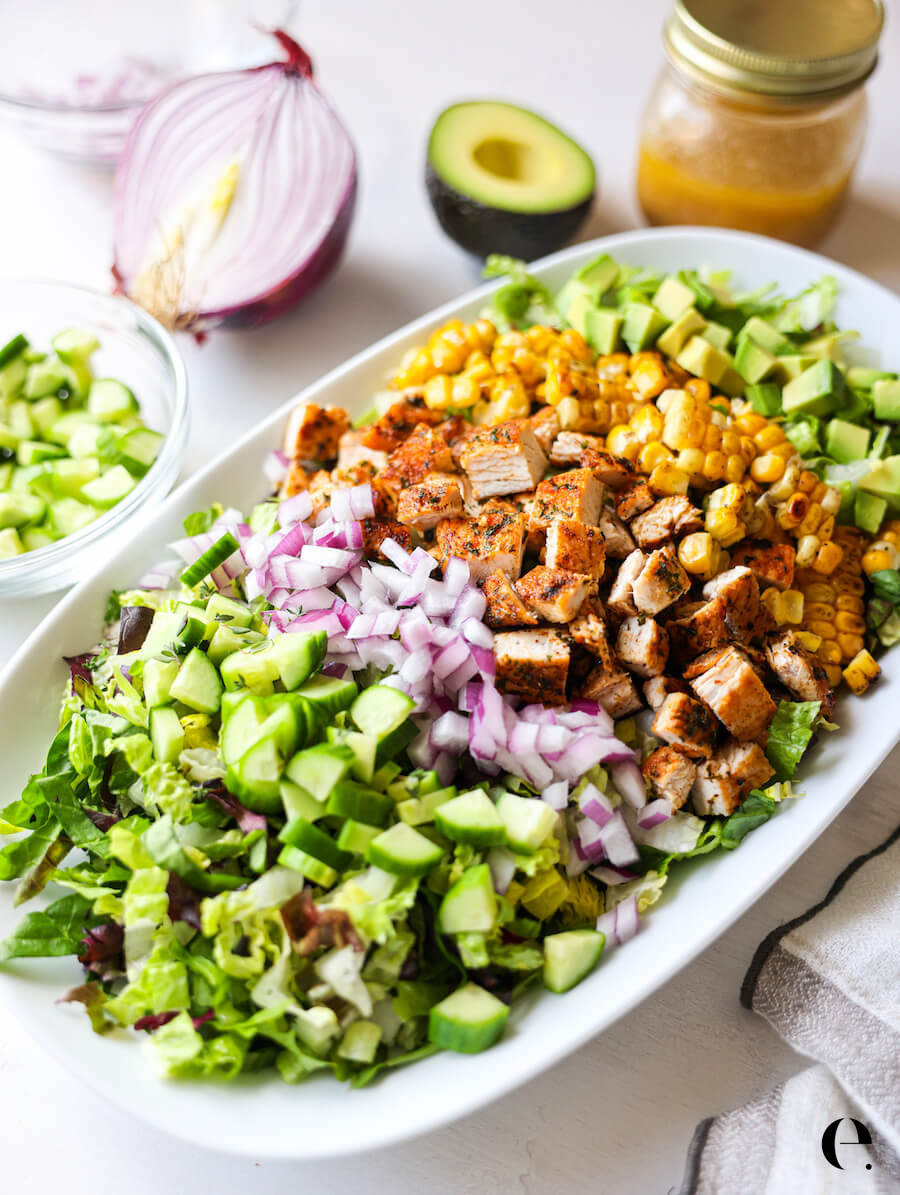

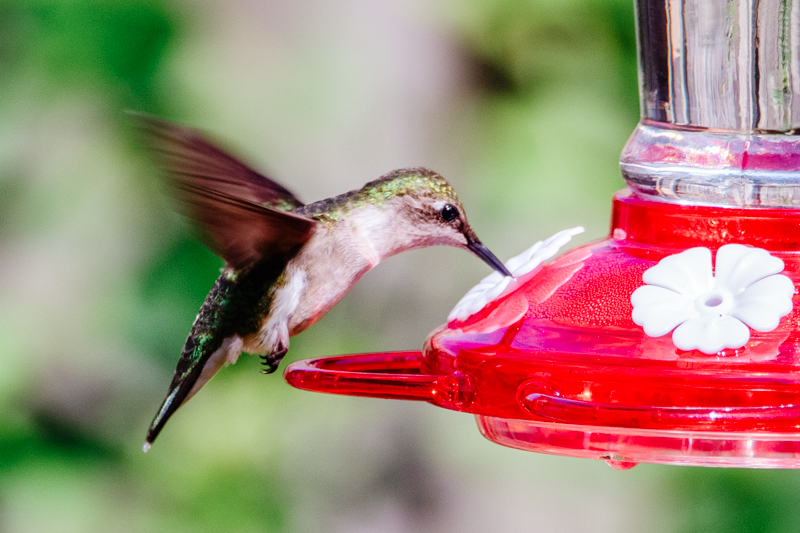

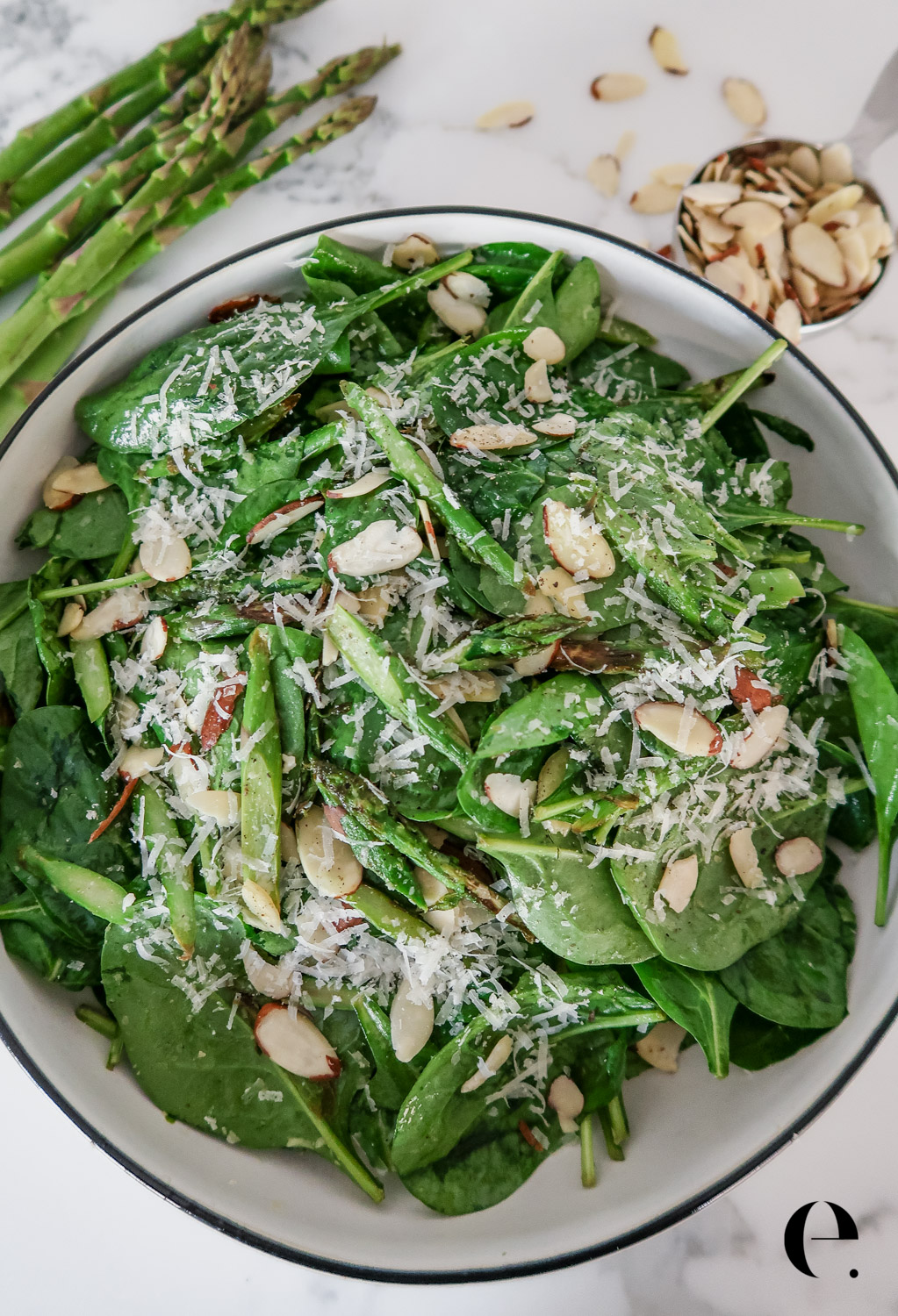
Leave A Review + Read The Comments →